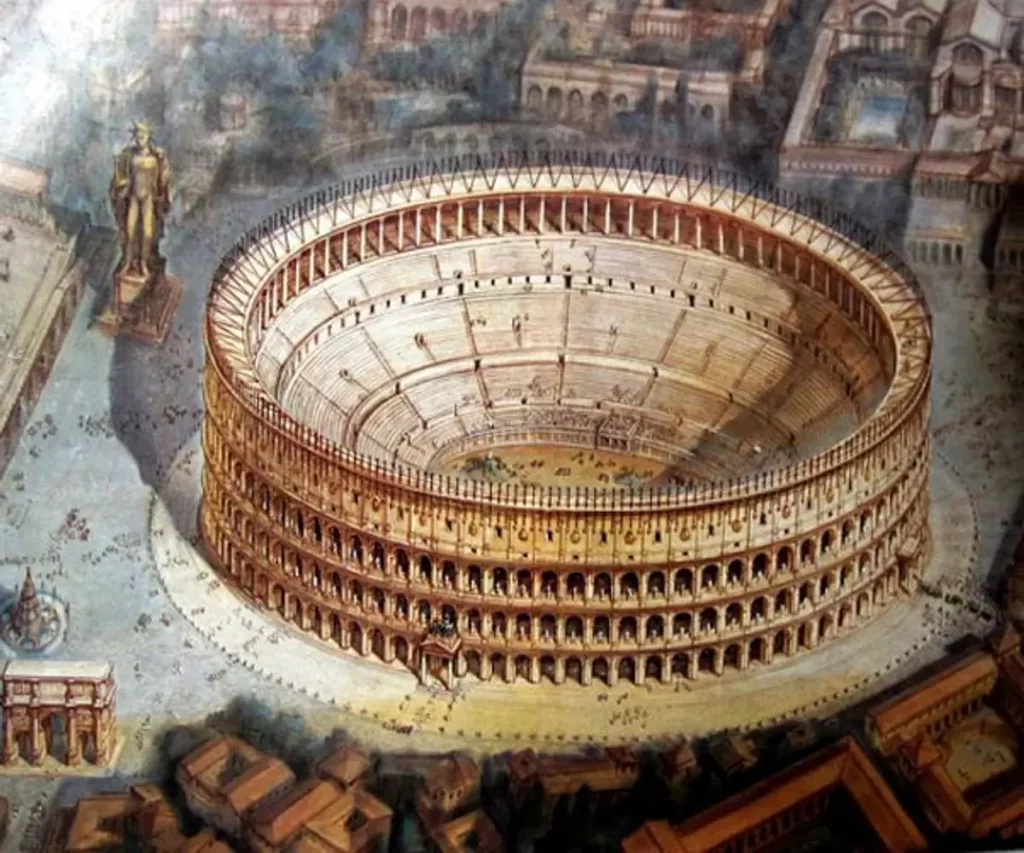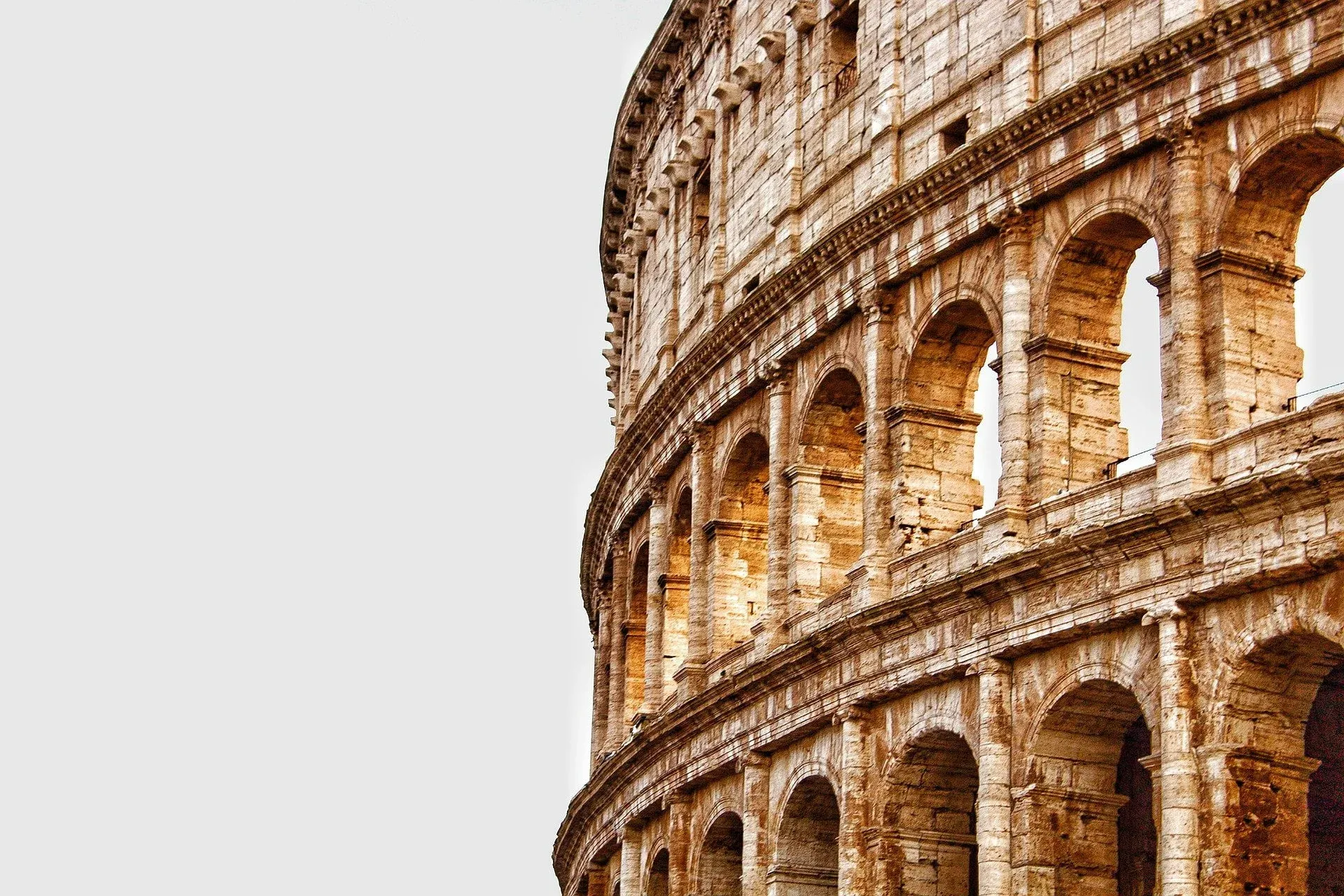
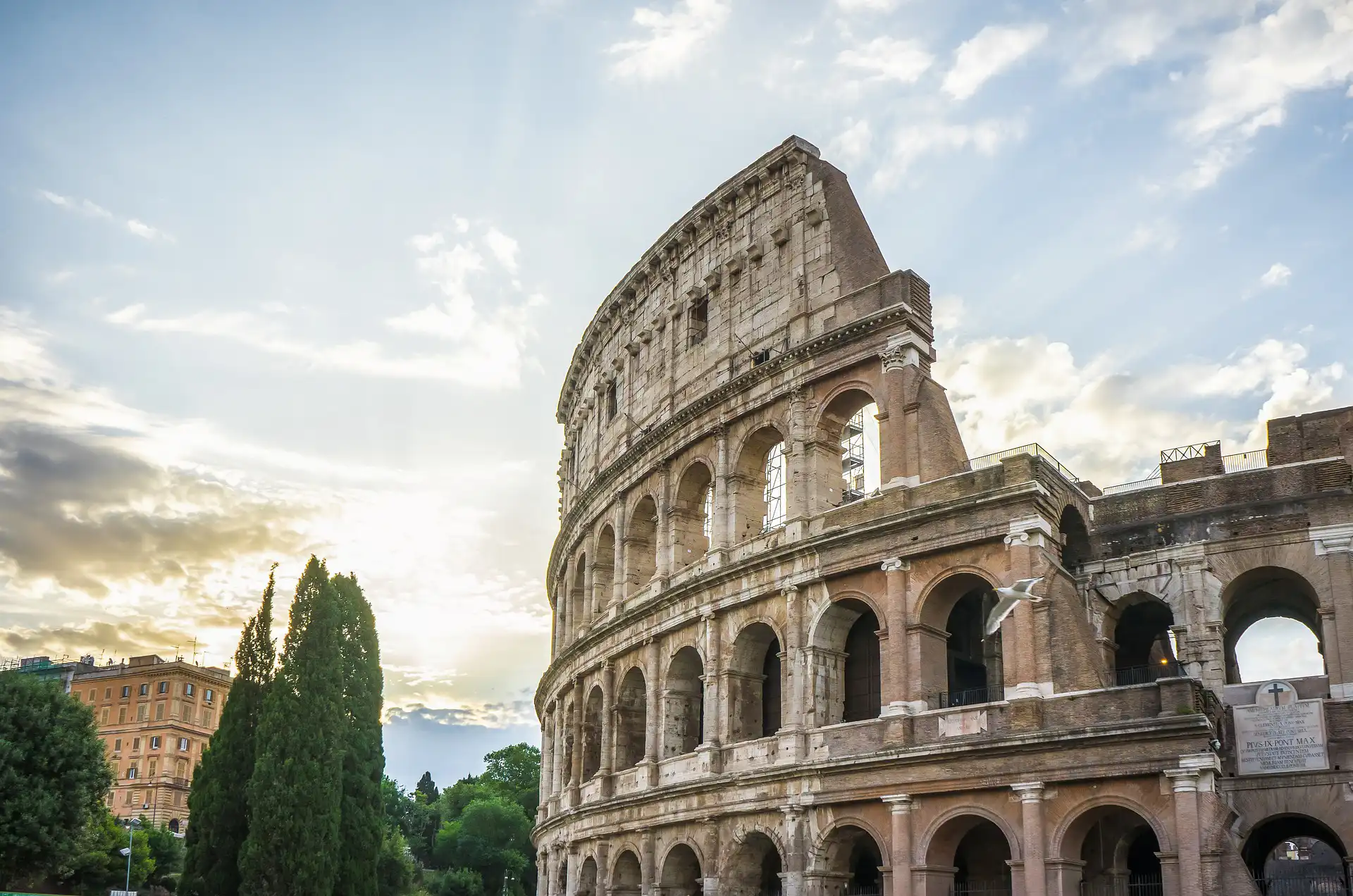
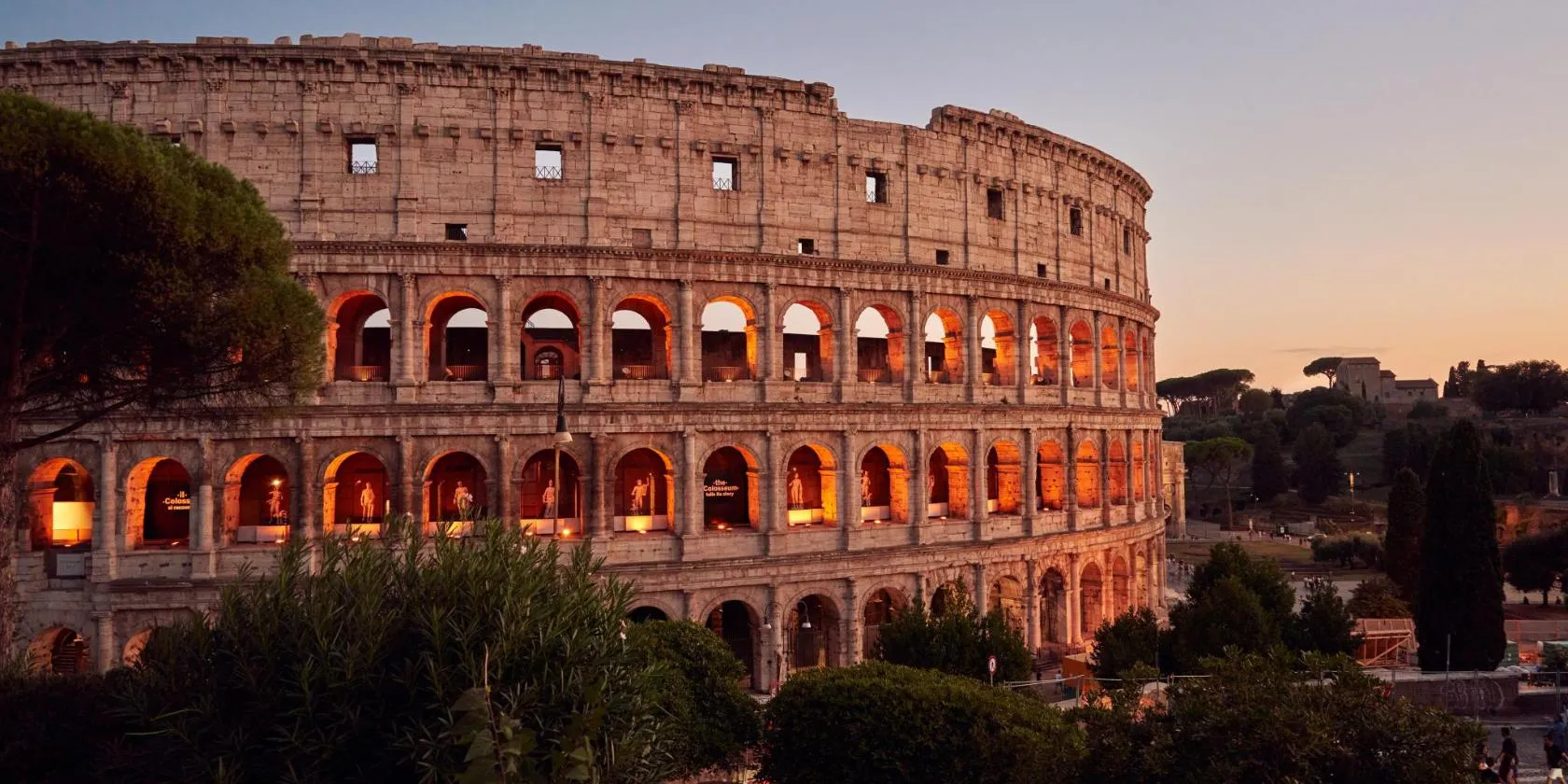

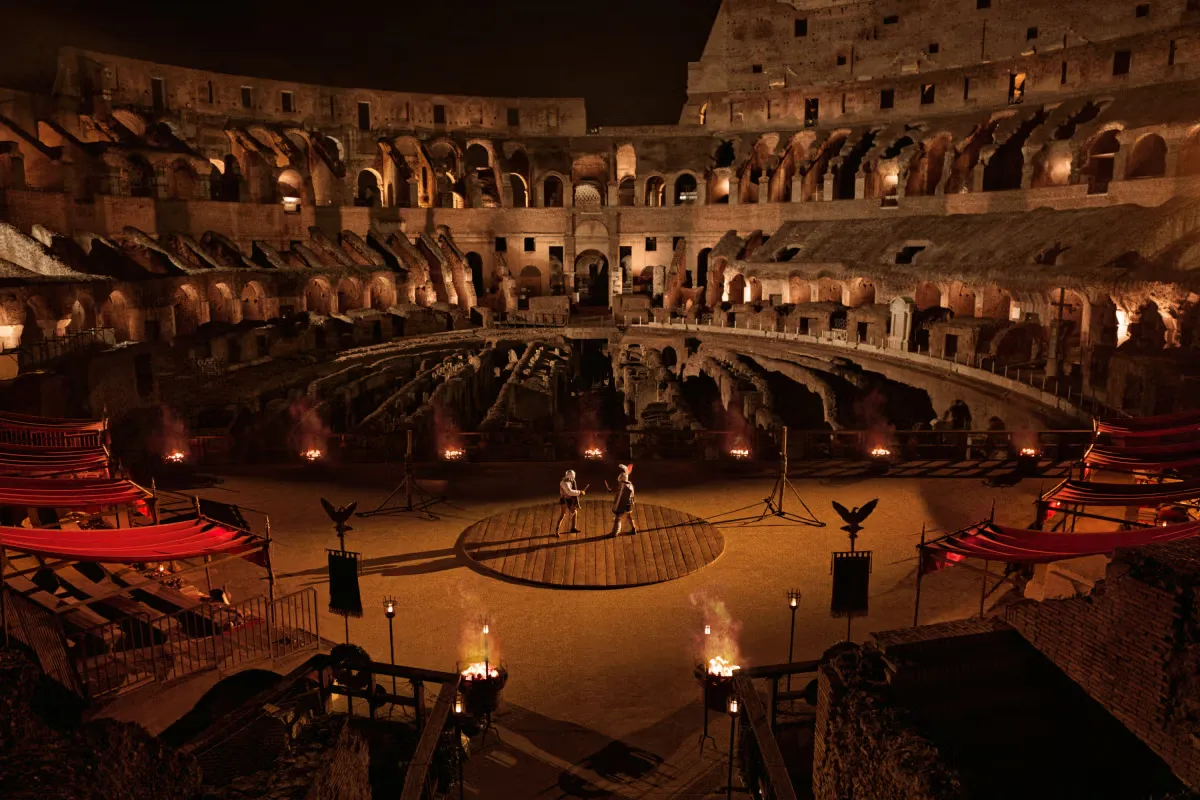
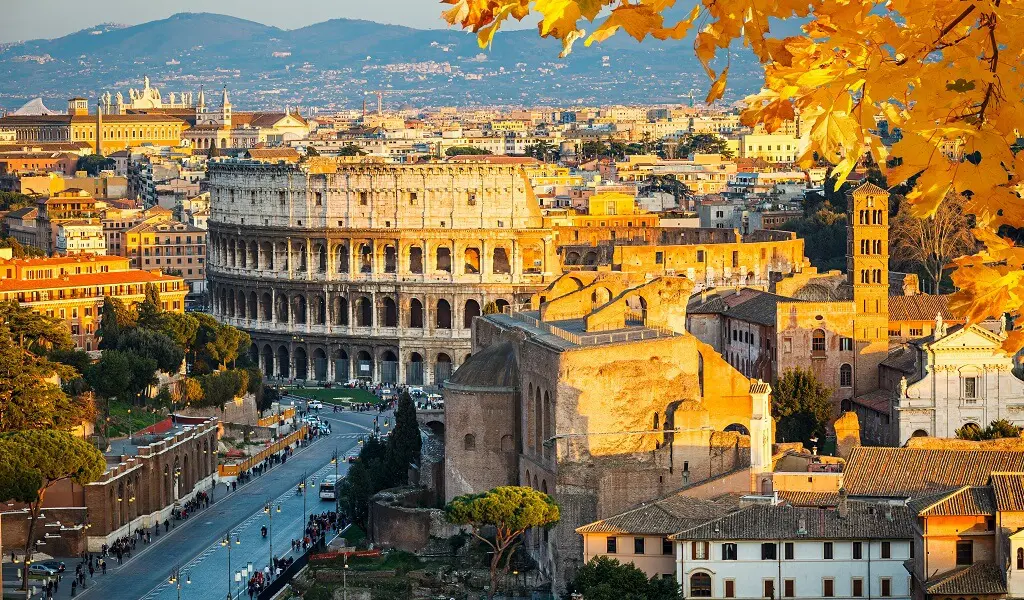

Flavian Amphitheatre
The Colosseum, also known as the Flavian Amphitheatre, is the largest ancient amphitheatre ever built and an iconic symbol of Rome.
Constructed in 70–80 AD, it hosted gladiatorial combats, public spectacles, and theatrical events.
Visitors can explore the arena, underground chambers, and upper tiers while learning about Roman engineering and culture.
The Colosseum remains a UNESCO World Heritage site and a must-see landmark for anyone visiting Rome..
Colosseum in Rome (Flavian Amphitheatre) Visiting timetable
See full schedule below (varies by season)
Colosseum in Rome (Flavian Amphitheatre) Closing Days
January 1st, December 25th, and occasional closures for special events
Where is Located
Piazza del Colosseo, 1, 00184 Roma RM, Italy
How to Get to the Colosseum
The Colosseum is easily accessible by public transport. The nearest metro station is Colosseo.
By Train
Take the train to Roma Termini, then transfer to Metro Line B towards Laurentina and get off at Colosseo.
By Car
Drive to the Colosseum using GPS coordinates 41.8902° N, 12.4922° E. Limited parking is available nearby.
By Bus
Several bus lines stop near the Colosseum, including lines 75, 81, and 87.
On Foot
If you're staying nearby, the Colosseum is within walking distance from many central points in Rome.
Highlights of the Colosseum
Discover the arena, underground chambers, upper tiers, arches, and panoramic views of ancient Rome.
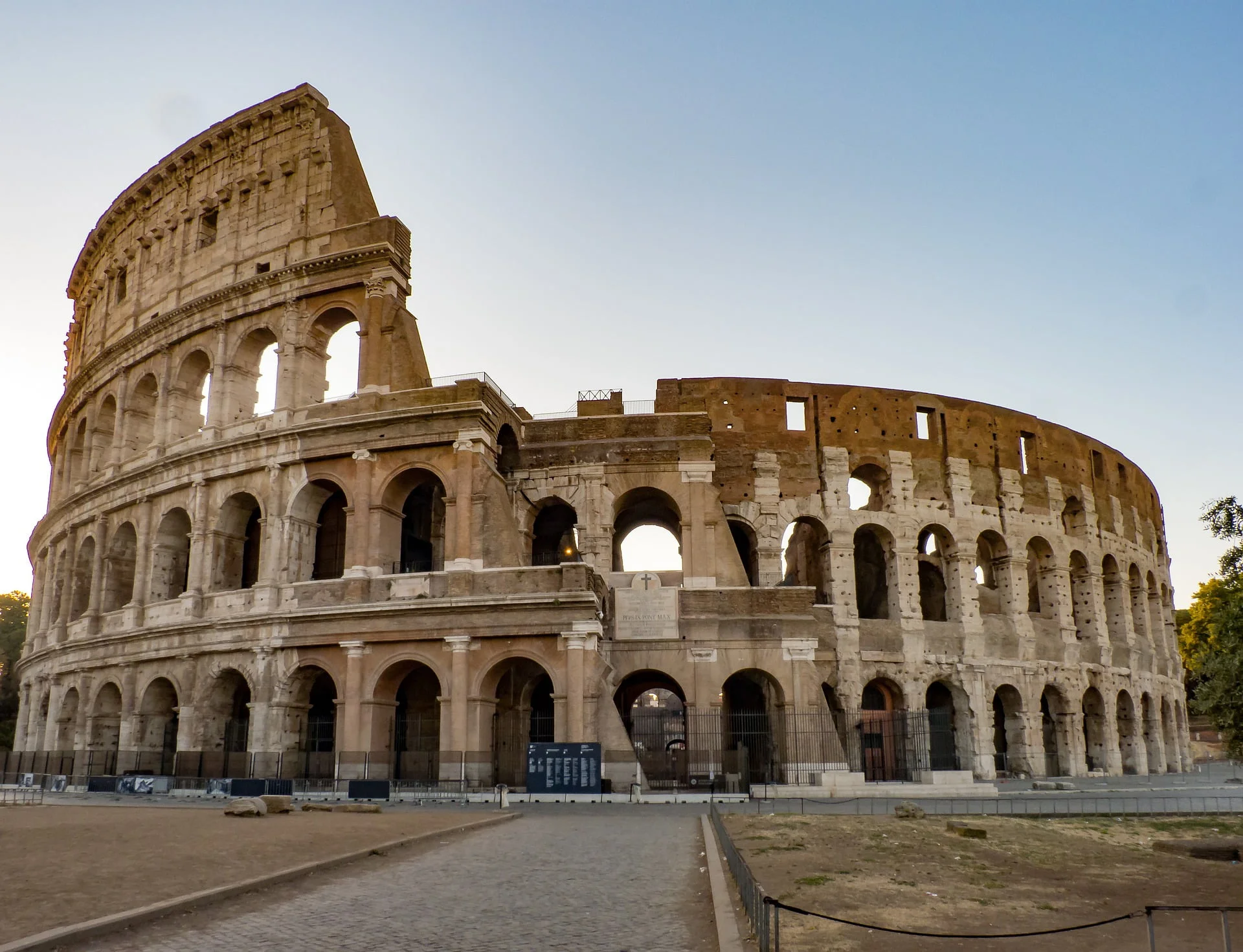
Colosseum Overview
Explore the history, architecture, and cultural significance of the Colosseum in Rome, the iconic symbol of the Roman Em...
Learn More →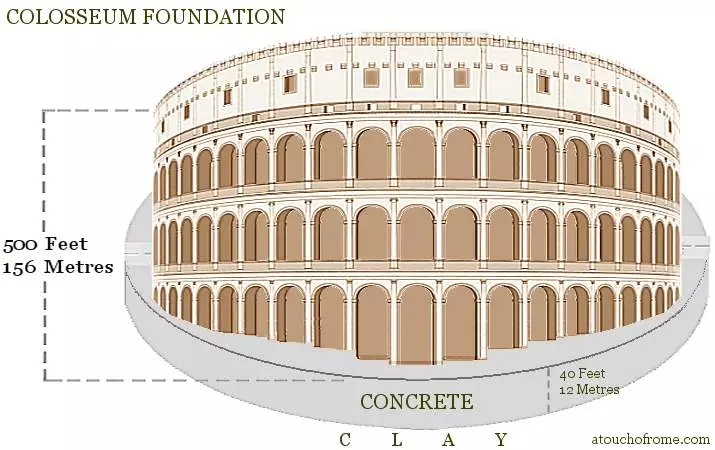
History of the Colosseum
Learn about the construction, use, and historical significance of the Colosseum, Rome’s ancient amphitheater....
Learn More →Colosseum in Rome (Flavian Amphitheatre)
The Arena
Step onto the arena floor where gladiators once fought and public spectacles took place.
Underground Chambers
Explore the hypogeum, the complex underground network where animals and gladiators were held before entering the arena.
Upper Tiers & Galleries
Climb the upper tiers to enjoy panoramic views of the Colosseum and the surrounding Roman Forum.

Curiosities about the Colosseum
Find answers to curiosities about the Colosseum
Buy a ticket for the Colosseum
Visit the Colosseum and discover the arena, hypogeum, and Roman architectural mastery.
We recommend booking online to guarantee entry and avoid queues.
